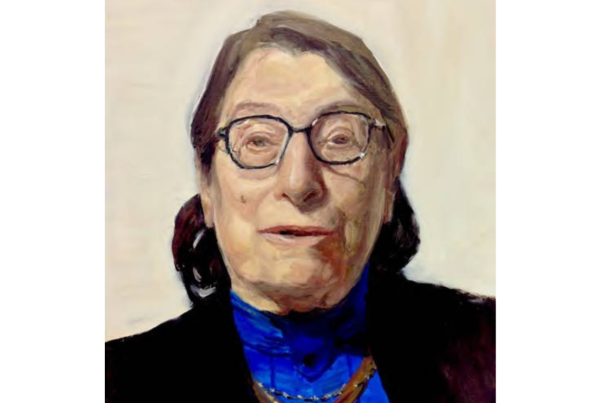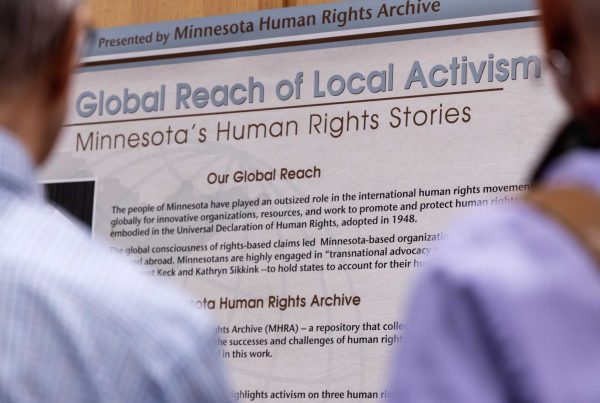By Kate Dietrick, Curator, Berman Upper Midwest Jewish Archives
 When one imagines early Jewish immigrants coming to America, the image that pops to mind is rarely that of the Jewish cowboy or homesteaders on the prairies of the Midwest. And yet a number of Jewish Americans made their homes on the plains of North Dakota, as documented in the Jewish Historical Project of North Dakota Records, a collection which is now available to researchers in the Nathan and Theresa Berman Upper Midwest Jewish Archives.
When one imagines early Jewish immigrants coming to America, the image that pops to mind is rarely that of the Jewish cowboy or homesteaders on the prairies of the Midwest. And yet a number of Jewish Americans made their homes on the plains of North Dakota, as documented in the Jewish Historical Project of North Dakota Records, a collection which is now available to researchers in the Nathan and Theresa Berman Upper Midwest Jewish Archives.
The Jewish Historical Project of North Dakota was a venture headed by Toba Geller, working alongside Ruth Landfield and Lorraine Kasden, in attempts to document the history of early Jewish immigrants to North Dakota. The collection includes a vast amount of correspondence, as Geller wrote to Jewish families asking them to tell their stories of growing up on settlements throughout the state. The goal of publishing a book of their research was never realized, however, as Geller passed away in 1978. The collection later found its home in the Upper Midwest Jewish Archives.
Much of the correspondence illuminates how hard homesteading was at the time. In a letter from Al Sher in 1976, he reminisced about growing up in North Dakota:
“Until the Great Northern Railroad built a branch line from Sidney, Montana to Watford City, we had to haul all our wheat and flax to Williston, a distance of twenty-five miles. […] The trip to Williston took two days, one day to and one day back. The roads were wagon trails and very hilly. A team of horses could only haul about fifty bushels of wheat or about a ton and a half. We also had to cross the Missouri River by ferry and that coast a dollar each way. Then one had to stay in a hotel plus meals which wasn’t very much. A meal was 35¢ and a bed was 75¢. The horses were put up in a livery stable and that cost about $2.00 per night. In winter when the river froze over about three or four feet thick, the people would travel along the river for miles and miles until spring when we had to use the ferry again. The winters were very severe. Snow was four feet deep, and the temperature was 25 to 35 below zero from mid-December to mid-March. For fuel we burned lignite coal that we mined ourselves or bought at one dollar a ton.”
This unique collection is available for researchers in the Andersen Library; the finding aid can be found herein the Online Finding Aids database. For more information, check out the Upper Midwest Jewish Archives webpage at https://www.lib.umn.edu/umja.




